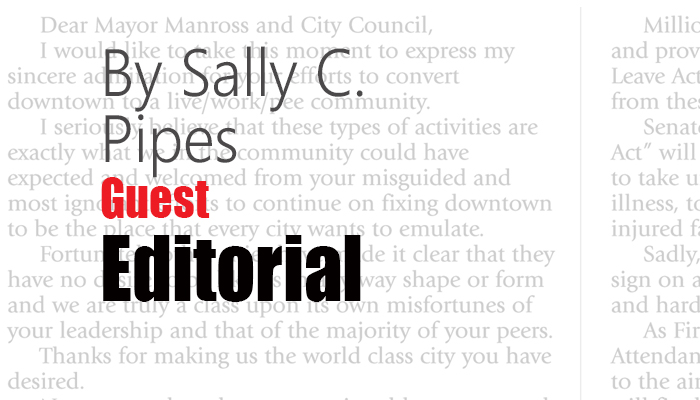President Trump recently delivered a major speech from the White House Rose Garden on prescription drug prices. He announced several policies aimed at reducing the overall cost of pharmaceuticals and limiting patients’ out-of-pocket expenses.
His reform agenda, entitled “American Patients First,” is largely excellent. It mostly harnesses the power of free-market competition, rather than government price controls, to drive down costs for patients while continuing to incentivize drug manufacturers to invest in innovative, lifesaving research.
Contrary to popular belief, drug spending has been relatively flat. It rose just 0.6 percent in 2017 significantly lower than the overall rate of inflation. Per-patient prescription spending actually decreased 2.2 percent. Powerful middlemen known as pharmacy benefit managers (PBMs) are to blame for those rising costs.
PBMs negotiate drug prices on behalf of insurance plans. These middlemen also determine which drugs insurers will cover and the levels of co-payment and co-insurance. PBMs use their enormous negotiating leverage to extract big concessions from manufacturers. Pharmaceutical companies give 37 percent of drugs’ list prices back to PBMs, insurers, and other middlemen via rebates and discounts. These rebates are often paid to PBMs weeks after a transaction occurs at a pharmacy and add up to more than $100 billion annually.
Patients rarely get a share of that 12-figure sum. PBMs and insurers keep nearly 90 percent of the rebates they receive from drug companies.
President Trump has pledged to fix this imbalance. He is calling on the Department of Health and Human Services to require PBMs to better disclose these rebates and to pass at least one-third of the savings to patients. Lower out-of-pocket costs lead to higher rates of adherence to medication and better health outcomes.
President Trump has also promised to crack down on foreign countries that freeload off American research and development spending on pharmaceuticals. Right now, many countries artificially cap the price of drugs. And they impose trade barriers that force American drug manufacturers to sell their products at steep discounts. Such practices shift the burden of funding drug development onto American patients and taxpayers. Seventy percent of pharmaceutical companies’ global profits come from sales made in the United States.
Unfortunately, the president’s speech did contain one proposal antithetical to market principles. The administration hopes to cap future price increases for drugs dispensed under Medicare Part B at the rate of inflation. Part B pays for potent drugs, such as chemotherapy, that must be administered with a doctor’s supervision.
Artificially capping Part B drug spending which comprises just 3 percent of total Medicare spending could discourage manufacturers from investing in new research projects. It is encouraging that President Trump did not call for the federal government to negotiate drug prices for the successful Medicare Part D drug program.
The data show that America’s prescription drug tab is rising at a rate lower than inflation even as the companies who make those drugs are investing ever-more money in research and development. But there are certainly ways to drive drug prices lower and incentivize even more research. By moving to restrain the power of pharmacy benefit managers and crack down on unfair foreign trade barriers, the Trump administration appears to understand as much.
Sally C. Pipes is president, CEO, and Thomas W. Smith Fellow in Health Care Policy at the Pacific Research Institute. Her latest book is The False Promise of Single-Payer Health Care (Encounter). Follow her on Twitter @sallypipes.





